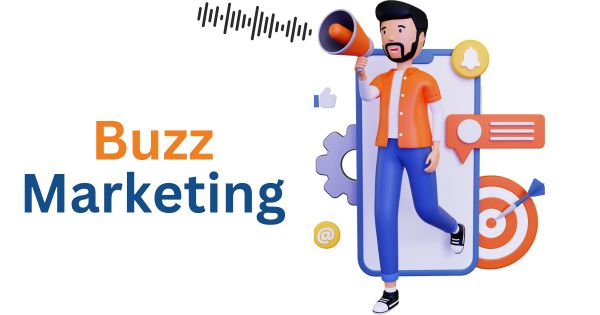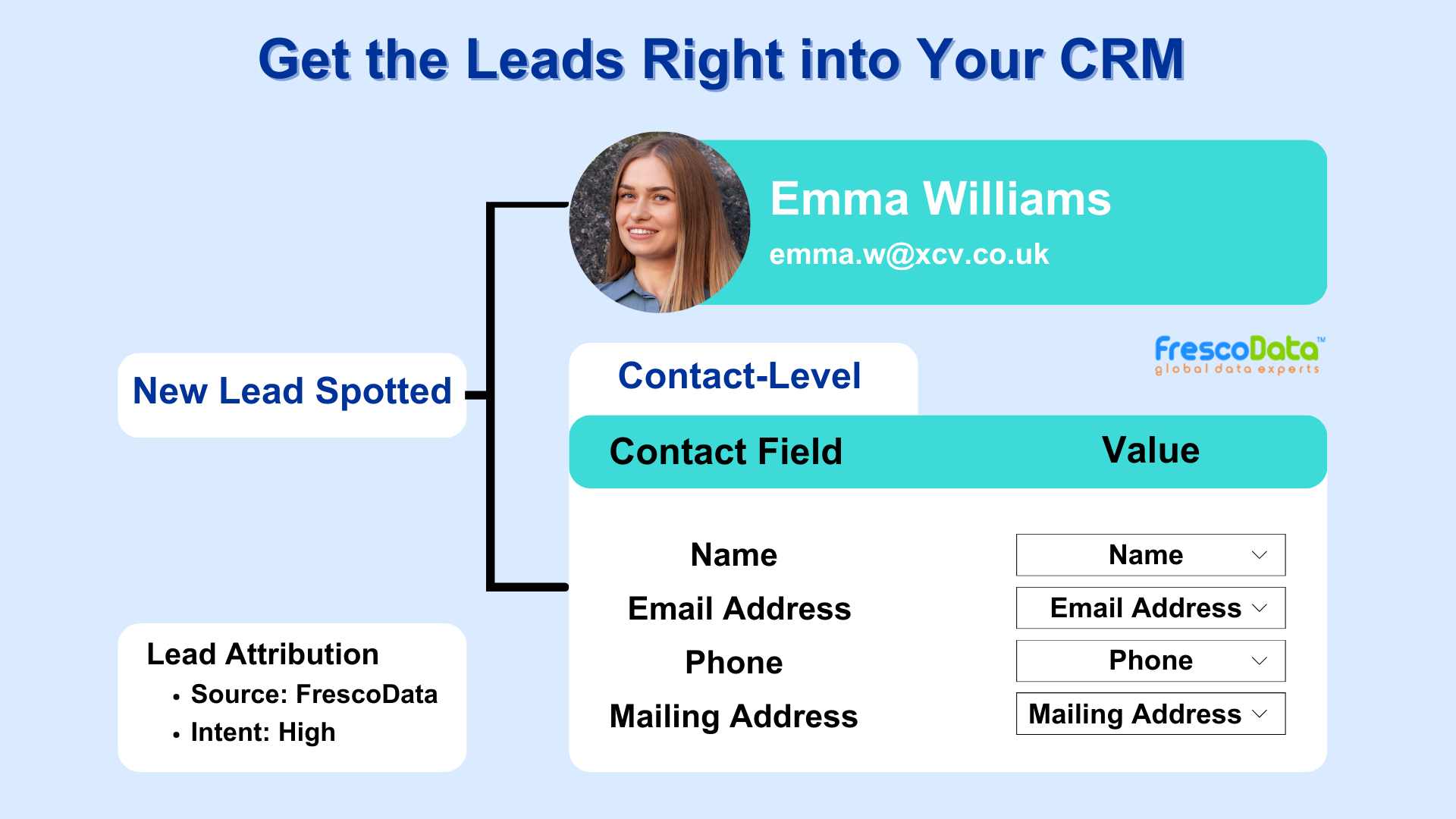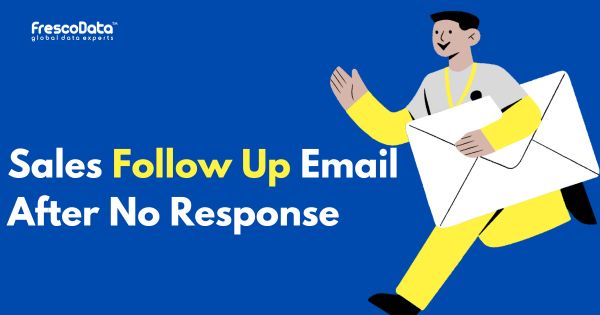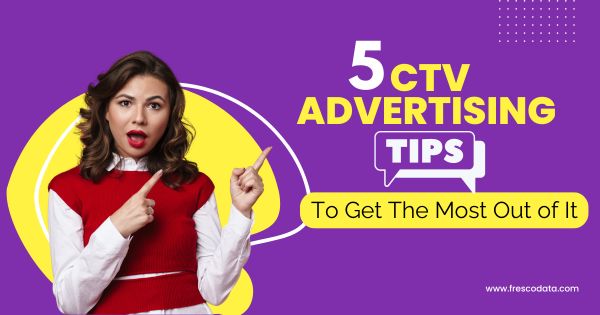-
What is Buzz Marketing?
-
Key Components of Buzz Marketing
-
Novelty and Creativity
-
Emotional Appeal
-
User-Generated Content (UGC)
-
Influencer Partnerships
-
Teasers and Pre-launch Hype
-
Surprise and Delight
-
Social Media Engagement
-
Experiential Marketing
-
Examples of Buzz Marketing
-
Apple Product Launch Events
-
Viral Marketing Campaigns
-
Limited-Time Offers
-
Controversial or Provocative Content
-
Guerrilla Marketing Stunts
-
Benefits of Buzz Marketing
-
Word-of-Mouth Amplification
-
Brand Awareness and Recall
-
Engagement and Interaction
-
Cost-Effective Impact
-
Social Proof and Credibility
What is Buzz Marketing?
Buzz marketing, also known as buzz advertising or word-of-mouth marketing, is a marketing strategy that relies on creating excitement, anticipation, or discussion around a product, service, or brand. The goal is to generate positive word-of-mouth and create a “buzz” or viral effect that spreads organically among consumers. This form of marketing often leverages unconventional and creative approaches to capture the attention of the target audience and stimulate conversations.
While buzz marketing can create positive effects, it’s essential for brands to carefully consider the potential risks and ensure that campaigns align with brand values and resonate positively with the target audience. The success often relies on creating genuine, authentic, and shareable experiences.
Key Components of Buzz Marketing

Novelty and Creativity
It often involves creating unique and creative campaigns that stand out from traditional advertising. Unconventional and unexpected elements are used to capture the audience’s attention.
Emotional Appeal
Emotions play a significant role in buzz marketing. Campaigns are designed to evoke emotions, whether through humor, surprise, excitement, or sentimentality, making them more shareable and memorable.
User-Generated Content (UGC)
Encouraging user-generated content is a common strategy. Brands may create campaigns that invite customers to share their experiences, opinions, or creative content related to the brand or product.
Influencer Partnerships
Collaborating with influencers or opinion leaders can amplify the reach of campaigns. Influencers share their experiences with a product or brand, influencing their followers and creating a ripple effect.
Teasers and Pre-launch Hype
Generating anticipation and excitement before a product launch or campaign is a key aspect. Teasers, sneak peeks, and countdowns are used to build curiosity and engagement.
Surprise and Delight
Unexpected elements or surprises in marketing campaigns can generate positive buzz. This may involve unexpected product features, limited-time promotions, or interactive experiences.
Social Media Engagement
Social media platforms are often central to buzz marketing. Campaigns are designed to be shareable on social media, leveraging the power of networks to reach a broader audience.
Experiential Marketing
Creating real-world experiences that engage and captivate consumers is a common tactic in buzz marketing. These experiences can be shared online, extending the reach of the campaign.
Examples of Buzz Marketing
Apple Product Launch Events
Apple’s product launch events, known for their secrecy, hype, and surprise announcements, generate significant buzz and anticipation among consumers and the media.
Viral Marketing Campaigns
Campaigns that go viral on social media, such as the ALS Ice Bucket Challenge or the “Share a Coke” campaign, create widespread buzz through user participation and sharing.
Limited-Time Offers
Brands may create buzz by introducing limited-time offers, discounts, or exclusive promotions, encouraging consumers to act quickly and share the news with others.
Controversial or Provocative Content
Some brands use controversial or provocative content to generate buzz. This approach carries risks but can create significant attention and discussion around the brand.
Guerrilla Marketing Stunts
Guerrilla marketing involves unconventional and unexpected promotional activities, often in public spaces, to surprise and engage the target audience.
Benefits of Buzz Marketing
Word-of-Mouth Amplification
It relies on word-of-mouth, and positive experiences shared by individuals can amplify the reach of the campaign.
Brand Awareness and Recall
It helps in building brand awareness and recall as the campaigns aim to create memorable and shareable experiences.
Engagement and Interaction
The interactive and engaging nature of buzz marketing encourages active participation from the audience, fostering a deeper connection with the brand.
Cost-Effective Impact
Compared to traditional advertising, buzz marketing can be cost-effective, relying on the organic spread of information and user-generated content.
Social Proof and Credibility
Positive buzz and user-generated content serve as social proof, enhancing the credibility of the brand in the eyes of consumers.
Stay Updated
Recent Blogs

3 Reasons to Buy Email List
Are you hesitant to buy email list for your business? Some would say buying an email list ...
November 18, 2024
Sales Follow-up Email After No Response!
70% of sales reps don’t follow up with prospects after no response. (Source) Are you...
September 2, 2024
5 CTV Advertising Tips to Get The Most Out of It
Connected TV has opened up many interesting opportunities for advertisers, allowing them t...
August 27, 2024